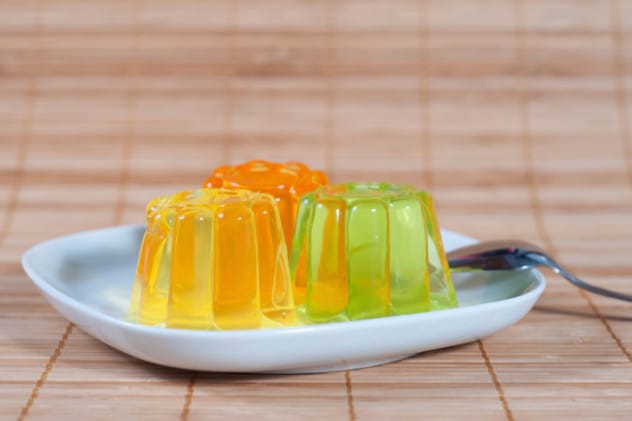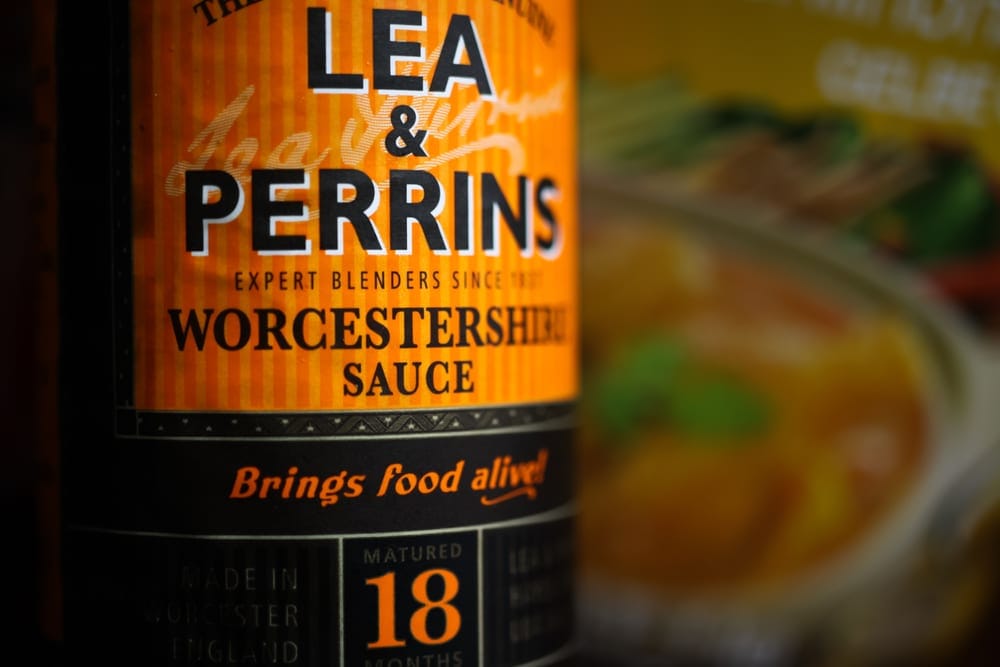Ever pause to wonder what truly goes into the products you use daily? Many of us Breeze through ingredient lists, but sometimes, there’s more than meets the eye. You might be surprised to learn that common items in your home, from the kitchen to the bathroom, could contain ingredients derived from animals. Get ready to uncover some hidden truths!
10. Jell-O

That jiggly, sweet dessert loved by many has a long history. Forms of gelatin, the key ingredient in Jell-O, have been around since ancient Egypt! Originally, making gelatin was a complex process, a sign of wealth because it required a lot of kitchen help to extract it from animal parts.
So, what is Jell-O actually made from? The primary ingredient, gelatin, comes from animal collagen. This is sourced from animal bones, skin, and connective tissues, typically from cattle and pigs. While the original Jell-O isn’t vegetarian-friendly, don’t worry! There are now plenty of plant-based alternatives made from gums or seaweed like agar or carrageenan, so everyone can enjoy a jiggly treat.
9. Capsules

If you take vitamins or medication in capsule form, you might want to check what those capsules are made of. Just like Jell-O, many capsules use gelatin. This is because gelatin is versatile, compatible with many ingredients, and creates a durable shell that protects the contents.
This use of animal-derived gelatin can be an issue for vegetarians, vegans, or those with religious dietary restrictions. Recognizing this, the pharmaceutical industry has developed alternatives. HPMC (hydroxypropyl methylcellulose) capsules are plant-based and offer similar performance to gelatin capsules. So, if you prefer to avoid animal products, vegan-friendly options are available. It’s also worth noting that other animal-derived ingredients can sometimes be found in pharmaceuticals as binders or fillers.
8. Sugar
Your sweet tooth might be leading you to consume an unexpected animal byproduct, especially in the United States. Many sugar manufacturers use bone char – a granular material made by charring animal bones, usually from cattle – to filter and decolorize sugar. This process helps make sugar white.
Bone char is used for various types of sugar, including white sugar, brown sugar, and confectioner’s sugar. The whiter the sugar, the more likely it is that a larger amount of bone char was used in its processing. While this practice is common in the U.S., many other countries like the UK, EU, and Australia have largely moved away from using bone char in sugar production. If you’re looking to avoid it, look for sugar labeled as “vegan” or unrefined options.
7. Cigarettes

Here’s a truly surprising one: some cigarettes contain an animal product called castoreum. This substance is harvested from the castor sacs of beavers, which are located near their tails. Beavers use this secretion to mark their territory. To obtain castoreum, beavers are unfortunately euthanized.
Why add this to cigarettes? Castoreum is used as a flavoring agent, imparting a sweet or “smoky” note. It’s also used in some perfumes to create leathery scents. Prominent cigarette manufacturers have reportedly used castoreum. As an interesting side note, castoreum is also an ingredient in a Swedish schnapps called Bäversnaps, where it’s soaked in alcohol to infuse its flavor.
6. Beer and Wine

Enjoy a pint of beer or a glass of wine? Some alcoholic beverages use a substance called isinglass during their production. Isinglass is a type of collagen collected from the dried swim bladders of fish, like sturgeon. It’s used as a “fining” agent to clarify beer and wine, helping to remove yeast and solid particles to make the drink clear.
This process speeds up production by helping unwanted particles settle more quickly. Isinglass is particularly common in cask-conditioned beers, prevalent in the UK. For those who prefer to avoid fish products, many breweries and wineries now offer vegan-friendly options and clearly label them, or you can find guides listing vegan alcoholic beverages.
5. Red Candy, Gum, Jams, Syrups…

If you enjoy red-colored candies, jams, syrups, or even some yogurts, you might be consuming a colorant made from insects. Carmine, also known as cochineal extract or natural red 4, is a vibrant red dye derived from crushed cochineal beetles. These tiny insects live on cacti, primarily in South America and Mexico.
Carmine has been used for centuries and is valued for its strong, stable color. For a long time, it could be labeled as “natural color,” but regulations in many places, including the U.S., now require it to be explicitly listed. Another insect-derived product, shellac (from the lac bug), is used to give a shiny glaze to many hard candies and chocolates. Watch out for “confectioner’s glaze” on labels!
4. Worcestershire Sauce

That tangy, savory kick in Worcestershire sauce? It often comes from an unexpected fishy ingredient. This complex condiment, invented in England in the 1830s, gets its unique “umami” flavor, the fifth basic taste described as savory, from fermented anchovies.
The traditional recipe for Worcestershire sauce involves a base of vinegar flavored with molasses, sugar, tamarind, onion, garlic, and other spices, along with those little fish. The anchovies are typically fermented in vinegar for an extended period, sometimes up to 18 months, to develop their deep, savory flavor. While not all brands include anchovies, many popular ones do, making it unsuitable for vegetarians or those with fish allergies.
3. Condoms

While the primary material in most condoms is latex (which is plant-based), other ingredients can be animal-derived. One common additive is casein, a protein derived from milk. Casein is used to make the latex smoother and thinner. This is what often gives latex condoms their slightly sour smell.
Another ingredient sometimes found in condoms is glycerin, used as a lubricant. Glycerin can be sourced from animal fats or vegetable oils. If it’s animal-derived, the condoms wouldn’t be vegan. Thankfully, for those who prefer to avoid all animal products, there are now many certified vegan condom brands available that use plant-based alternatives for both smoothing agents and lubricants.
2. Crayons

That distinct, nostalgic smell of crayons? It’s partly due to stearic acid, which is often derived from processed beef fat (tallow). Stearic acid is used in crayons as a hardening agent, helping them maintain their shape and consistency. It helps the crayon solidify properly and ensures it wears down evenly during coloring.
While stearic acid can also be produced from plant sources like coconut oil, animal-derived stearic acid is generally more cost-effective for large-scale production. This ingredient is also commonly found in candles, soaps, and some cosmetics. Unless a product specifically states it uses plant-based stearic acid, it’s often assumed to be animal-derived by animal rights organizations.
1. Bagels

Believe it or not, some commercially produced bagels and other bread products contain an ingredient called L-Cysteine. This amino acid is used as a “dough conditioner,” which helps to soften the dough and speed up processing time. The surprising part is where L-Cysteine is often sourced from: poultry feathers, hog hair, and sometimes even human hair.
While synthetic L-Cysteine exists, it’s more expensive to produce. Therefore, the animal-derived (or human-derived) versions are common in the food industry. Some major chains have confirmed using L-Cysteine in their bagels and other baked goods. If you want to avoid this, look for bagels from brands that state they are L-Cysteine-free or opt for those from local bakeries that use simpler ingredients.
It’s truly eye-opening to see how many everyday products can contain hidden animal ingredients. Being aware allows us to make more informed choices that align with our personal preferences and values. Next time you’re shopping, you might take an extra moment to scan those labels!
Were you surprised by any of these? Do you know of other products with hidden animal ingredients? Share your thoughts and reactions in the comments below!










